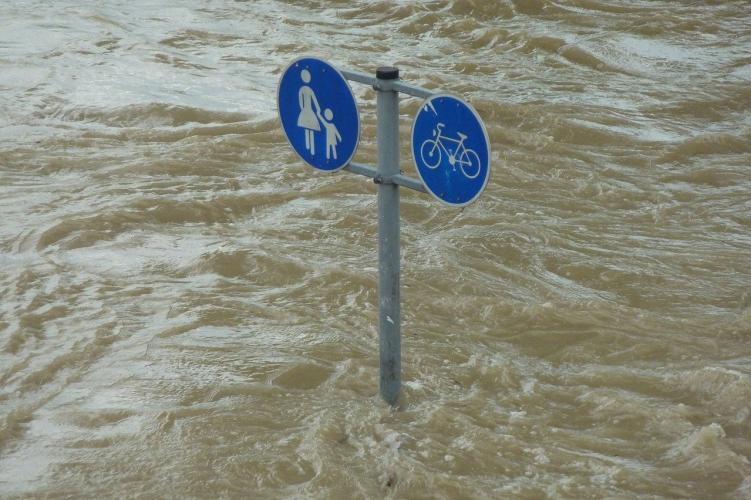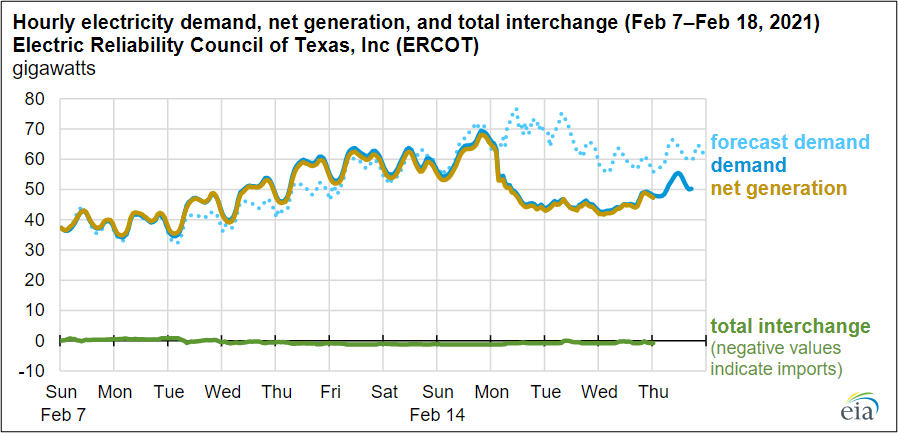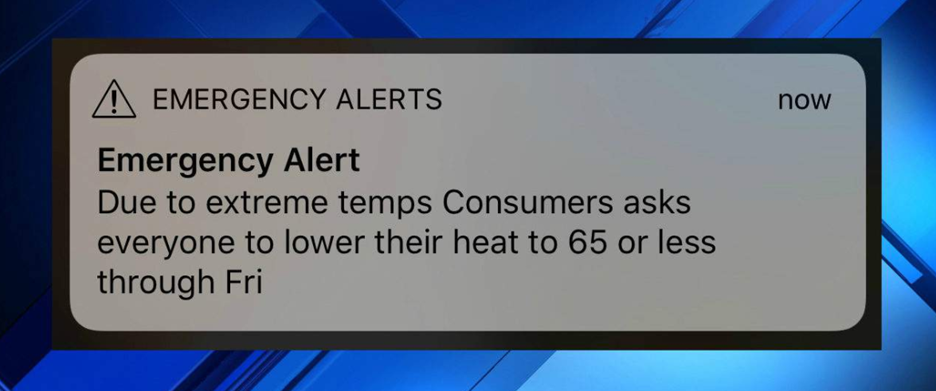
People around the United States watched in dismay as Texans suffered through a terrible series of events in mid-February —below average temperatures, rolling blackouts that lasted nearly five days for some, burst pipes, energy bill spikes and an overall sense of trauma and shock.
This incident is both alarming and tragic. However, as with any crisis, there is a post-event silver lining: lessons can be learned and improvements made to prevent repetition, increase energy system resilience and protect people more effectively.
Some of the lessons center on human behavior—how to incentivize it, how to modify it and how to prevent certain behaviors from reoccurring. This piece will highlight a few of these lessons, discussing energy system challenges related to behavior, as well as resilience-enhancing opportunities tied to behavioral energy efficiency and energy efficiency more broadly.
1. Energy system planners and professionals must prepare for a changing climate and build resilience. When we think about the energy system, we often picture the physical infrastructure and the climatic conditions that impact it. However, there are also human beings planning, regulating and operating it. While there are numerous contributing factors to what transpired in Texas, there are at least a couple human-centered, incontrovertible ones: 1) Some owners of power generation facilities did not adequately winterize their facilities, and 2) ERCOT underestimated its seasonal peak demand. While peak demand reached 69,150 MW during the polar vortex, ERCOT was prepared for an anticipated, seasonal peak of 57,699 MW with an extreme peak load scenario of 67,208 MW. Then, the extreme cold compromised the ability of power generation companies to function, causing about 34,000 MW to go offline; hence, the available generation during the winter storm (i.e., lower than expected) was insufficient to meet demand (i.e., higher than expected).
Of course, hindsight is 20/20. It is now clear that Texan power generation facilities should be winterized and that temperature extremes will likely increase with time, diminishing the reliability of demand models based solely on historical benchmarking. Climate change is likely to bring more extreme weather events across the country and the people undergirding our energy system must be properly equipped, informed and incentivized to prepare accordingly and build resilience.

2. Demand Side Management can be a powerful proactive and reactive tool for building energy system resilience. Energy efficiency is an important tool in the toolbox for building resilience. There are many examples of both 1) proactively using energy efficiency to build resilience and 2) reactively conserving energy in crisis situations where peak demand exceeds available resources. If you tuned into MEEA’s Midwest Energy Solutions Conference, you may have caught the plenary session “How Can Energy Efficiency Support Grid Resiliency?” It felt particularly relevant and important this year, given it took place the same week as the Texas/ERCOT energy crisis. In this session, Michigan PSC Chair Dan Scripps talked about the events of the 2019 polar vortex in Michigan which triggered overlapping energy emergencies.
In 2019, the Michigan state police had to send out an emergency alert to everyone with cellphones asking them to lower their heat to 65 degrees Fahrenheit or less for the remainder of the week. Scripps noted: “That emergency alert […] to us, in the energy wonk space, looks an awful lot like behavioral energy efficiency on steroids. It is […] a significant uncompensated, demand response measure.” Scripps then emphasized the point that energy efficiency and demand response are important components of resilience planning and emergency preparedness. This is particularly important to think about in the context of climate change and the aftermath of the Texas energy crisis.

3. Even in normal or non-crisis conditions, behavioral energy efficiency can be an important strategy for climate change mitigation. In addition to contributing to climate change resilience, energy efficiency is important for climate change mitigation via emissions reduction. A 2020 Oracle study, performed by the Analysis Group, found that behavioral energy efficiency can be used to increase energy efficiency program participation and inclusion, maximize energy and cost savings and mitigate short-term climate damages. For reference, behavioral energy efficiency programs alter customer behavior to control, shift and/or reduce electricity and natural gas consumption to generate energy and cost savings.
Critics of behavioral efficiency note that it is a short-term measure. For contrast, non-behavioral energy efficiency, sometimes called “structural energy efficiency,” which physically alters infrastructure through installation and retrofitting, is regarded as a long-term, more durable solution. Both have distinct value and can be part of a successful suite of solutions that enables large-scale emissions reductions.
The events in Texas revealed the importance of grid resilience and preparedness in an era of climate change. Lessons learned can be used to better prepare and protect the system and the public in the future. Energy system planners and professionals should be thinking about the future of resilience, how climate change is changing energy system needs and how energy efficiency can be proactively and reactively incorporated into energy system planning and management to enhance resilience and mitigate energy crises.